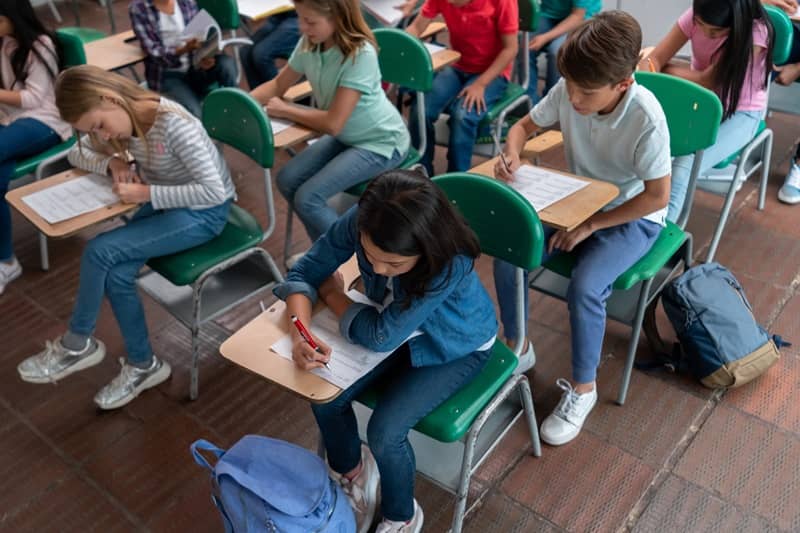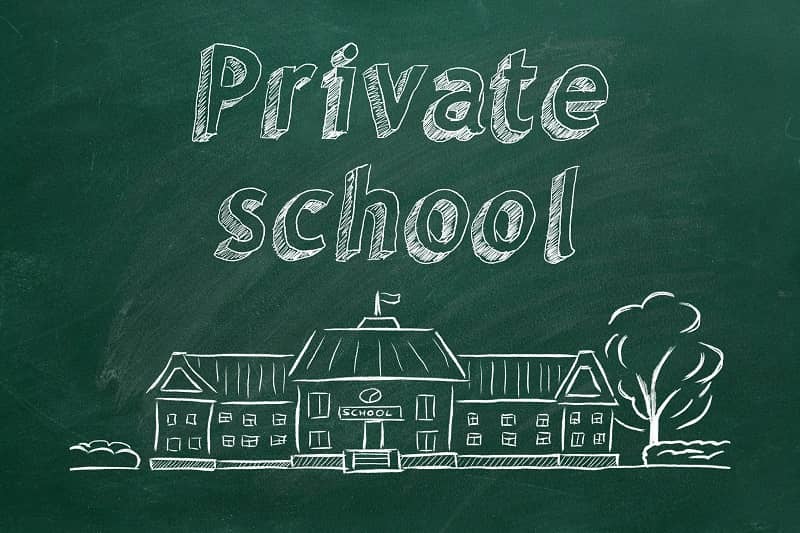By Kathryn Hickok
The Portland Tribune recently reported that Oregon elementary students’ academic proficiency remains “significantly lower than pre-pandemic levels.” It also noted that while every state “experienced a decrease in average assessment scores,” “compared to every other state, Oregon was third last for improvement in reading test scores….”
All children deserve effective educational options that will help them succeed in school. Here are three ways state leaders can help K-12 students get their education back on track when Oregon’s 2025 Legislative Session begins in January:
- Raise the cap on virtual charter school enrollment so successful charter schools can serve more students. School districts may prevent students from enrolling in virtual charter schools if three percent of the district’s students are already enrolled in a virtual charter school sponsored by another district.
- Expand public school transfer policies so students can attend different public schools with open seats. This would create incentives for district schools to respond to students’ needs and reward those that achieve better outcomes.
- Enact an Education Savings Account (ESA) program so students choosing to opt in can use their state-level, per-pupil education funds where they learn best. 17 states currently have ESA programs.
To really improve education outcomes in Oregon, we need to make it possible for families to enroll their children in the schools that best meet their academic needs and goals.
Kathryn Hickok is Executive Vice President at Cascade Policy Institute, Oregon’s free market public policy research organization, and Director of Cascade’s Children’s Scholarship Fund-Oregon program.













Rob Schlapfer
Why no mention of the underlying — and more important — problem with Oregon K-12 schools? That is the aggressive indoctrination with critical theories of ethnicity, race, and gender. The racialization of kids is alarming, yet so-called conservative, market-oriented groups like yours remain silent. Why?
How do expect your ideas to ever reach the mainstream in Oregon when our schools are creating “change agents” for “equity” and “social justice’?
How long will Republican legislators — too afraid — remain sheepish in the face of the woke mind virus infecting K-12 students en masse?
Pamela Fitzsimmons
It is highly unlikely that the 2025 Oregon legislature will embrace any of these ideas.
There is now a Democratic supermajority in both houses. In the Senate, you have “leaders” like Sen. Sara Gelser Blouin (D-Corvallis) who entered politics after her first child was born mentally disabled. She still recalls how he missed out on some Homecoming activities. She’s been getting even with the schools ever since, sponsoring one bill after another pushing equity, equity, equity. (She’s big on the “Culture of Yes.” Check it out.)
The ultimate equity will be when all students receive an equally inferior education.